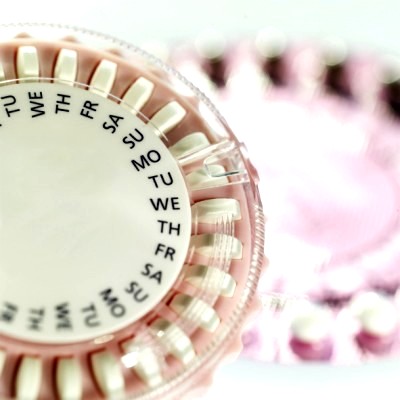
Women runners should be more careful than men runners about preventing low iron stores. Iron is used to produce hemoglobin in your red blood cells. As mentioned before, one of the reasons that women are, on average, slower than men is because women have less hemoglobin. This condition is made worse if your iron stores are low, because then your hemoglobin levels become lower. When hemoglobin levels decrease, less oxygen reaches your muscles when you run, so running your normal pace feels harder. Why are women runners more susceptible to low iron stores? For starters, all women lose iron through menstrual blood. On top of that, women runners tend to be more careful about their diet than sedentary women. That’s usually good, except that one of the things that women runners often get more selective about is eating meat. Limiting meat can be a good way to cut fat out of your diet, but it also can mean too severely limiting your iron rich food choices.
Good food sources of iron that aren’t high in fat include the following:
➤ Lean red meat and dark poultry
➤ Dark green, leafy vegetables
➤ Legumes
➤ Dried fruit
➤ Whole-grain or enriched cereals and bread
You can increase how much iron you absorb from a food by eating foods rich in vitamin C at the same time. Using cast-iron cookware also helps. On the other hand, you decrease how much iron you absorb from foods when you drink coffee or tea with meals. Premenopausal women runners should shoot for an iron intake of at least 15 milligrams (mg) per day; post-menopausal women need 10.
Other reasons that women runners might have low iron stores apply to men, too: loss through sweat and urine, increased blood volume with training (which lowers iron concentration in the blood), and what’s known as footstrike hemolysis, which is the breakdown of red blood cells from your feet repeatedly hitting the ground. When you have blood tests done, ask for your hemoglobin and serum ferritin (a measure of your body’s iron stores) levels to be checked. Normal hemoglobin concentration for women is from 12 to 16 grams per 100 milliliters of blood. Because of the increased blood volume that comes with running, a reading of 11 can be considered safe for a women runner, but anything below that is asking for trouble.
The acceptable range for serum ferritin is 10 to 20 milligrams per milliliter of blood. Some experts caution that any reading below 25 can hurt your running.


